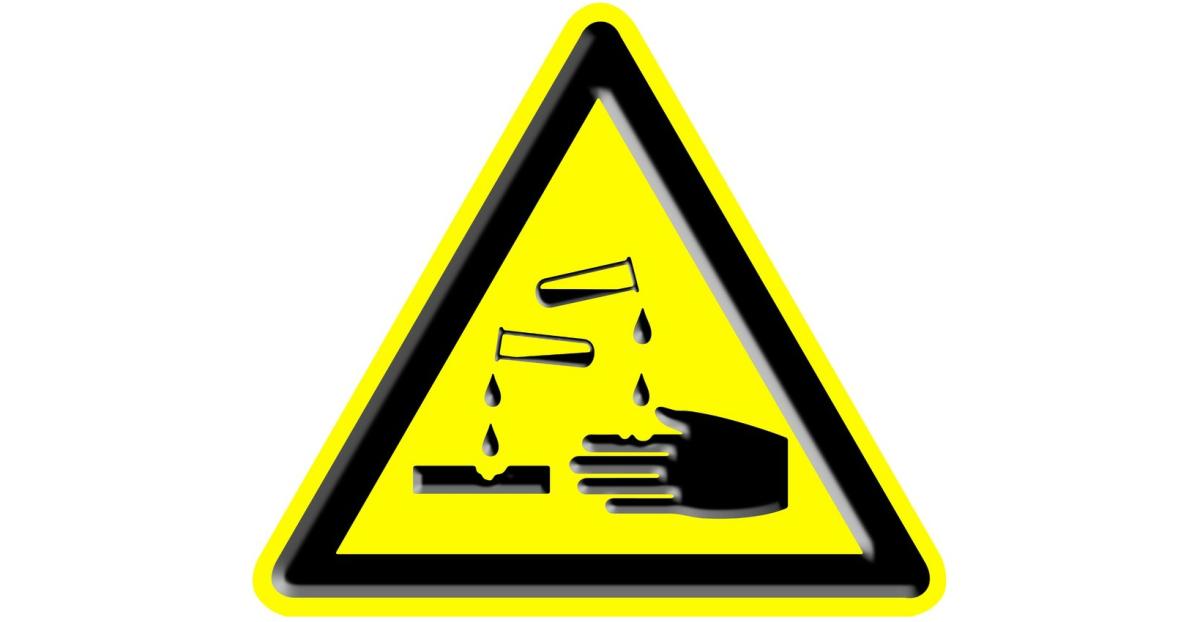Shutterstock
In November 2002, a small group of scientists gathered at the University of Kansas with one clear mission. The topic at hand: an industrial chemical called n-propyl bromide, or nPB. Their goal, according to the conference agenda and meeting notes, was to design a “research program needed to establish nPB as a safe product.”
“It was clear almost from the beginning that the meeting was not about science,” said Kim Boekelheide, an attendee of the conference and a pathology professor from Brown University. Three days after the conference, Boekelheide wrote a letter to the Kansas researchers asking that his name “not be used in any documents prepared or submitted regarding this activity.”
In the decade after that fateful meeting, nPB grew vastly more popular. In furniture factories throughout the South, this chemical is the glue that bonds foam cushions in most office chairs and home couches. At local dry cleaners, it removes spots from delicate fabrics without getting them wet. Car mechanics use it for degreasing engine parts. The army uses it to waterproof bullets. Spray cans are sold online fo... Read more


